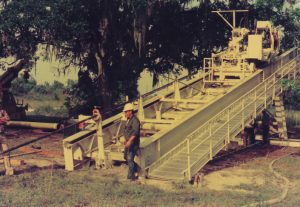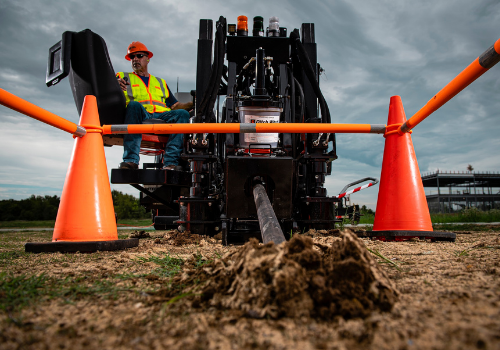The Evolution of Directional Drilling
The Beginning of Directional Drilling
Directional drilling, once considered a niche technique, has now become a cornerstone of the oil and gas industry. Originally developed to access reservoirs that were otherwise inaccessible with conventional vertical drilling techniques, directional drilling has evolved significantly over the years.
Technological Breakthroughs
Over the past few decades, technological advancements have propelled directional drilling to new heights. One of the most significant breakthroughs is the development of rotary steerable systems (RSS). These systems utilize advanced downhole tools to control the direction of the drill bit in real-time, allowing for greater precision and efficiency in drilling operations.
Real-Time Data Monitoring
Another crucial advancement is the integration of real-time data monitoring technologies. Sensors placed along the drill string provide valuable information about the formation being drilled, allowing operators to make informed decisions on the fly. This real-time feedback loop enables adjustments to drilling parameters, optimizing performance and reducing the risk of costly errors.

Applications of Directional Drilling
Accessing Challenging Reservoirs
Directional drilling has revolutionized the way oil and gas reservoirs are accessed. By drilling at angles or curves, operators can reach targets that were once considered unreachable. This capability is particularly valuable in offshore drilling operations, where reaching remote or complex reservoirs is often a significant challenge.
Maximizing Reservoir Recovery
In addition to accessing difficult-to-reach reservoirs, directional drilling plays a crucial role in maximizing reservoir recovery. By drilling multiple wells from a single location, operators can efficiently drain reservoirs and extract more hydrocarbons with fewer wells. This approach not only reduces environmental impact but also enhances overall recovery rates.
Enhanced Oil Recovery Techniques
Furthermore, directional drilling facilitates the implementation of enhanced oil recovery (EOR) techniques. By strategically injecting fluids or gases into the reservoir through horizontal wells, operators can improve sweep efficiency and displace more oil towards production wells. This results in higher ultimate recovery factors and increased profitability for oil and gas projects.
The Future of Directional Drilling
Automation and Artificial Intelligence
Looking ahead, automation and artificial intelligence (AI) are poised to transform the directional drilling landscape. Autonomous drilling systems equipped with AI algorithms can analyze vast amounts of data in real-time, enabling autonomous decision-making and adaptive drilling strategies. This not only enhances drilling efficiency but also reduces human error and improves safety.
Advanced Materials and Drilling Techniques
Moreover, advancements in materials science are leading to the development of stronger and more durable drilling tools. From improved drill bits to enhanced downhole motors, these innovations enable faster penetration rates and longer run times, ultimately reducing drilling costs and increasing operational efficiency.

Environmental Considerations
Finally, as the industry continues to prioritize environmental sustainability, directional drilling technologies are being adapted to minimize ecological impact. Techniques such as managed pressure drilling (MPD) and underbalanced drilling (UBD) help mitigate drilling-related hazards such as kicks and formation damage, while also reducing emissions and preserving groundwater quality.
In conclusion, the ongoing advancements in directional drilling are reshaping the oil and gas industry, driving efficiency, and sustainability. From technological innovations to environmental considerations, the future of directional drilling is bright, offering promising opportunities for operators to unlock new reserves and maximize recovery from existing fields. As the industry continues to evolve, one thing remains certain: directional drilling will remain at the forefront of innovation and progress in the quest for energy resources.

